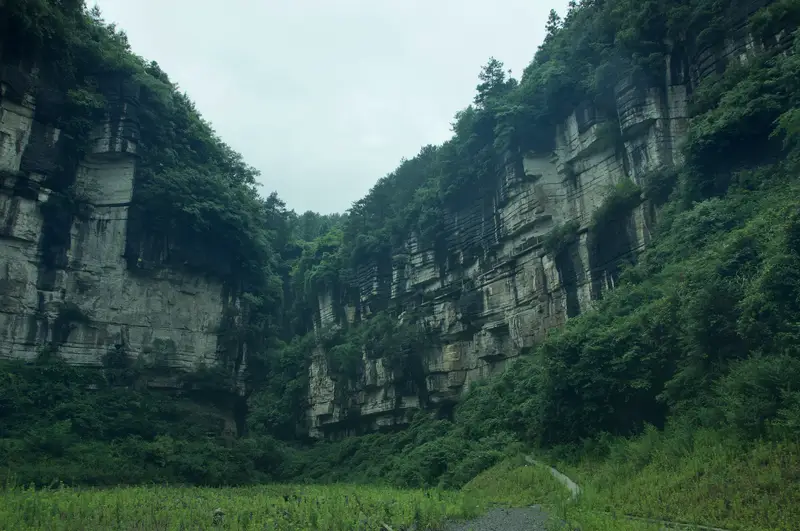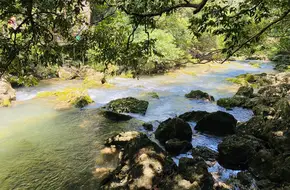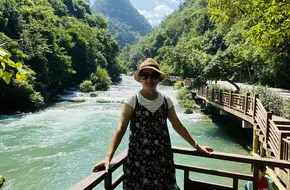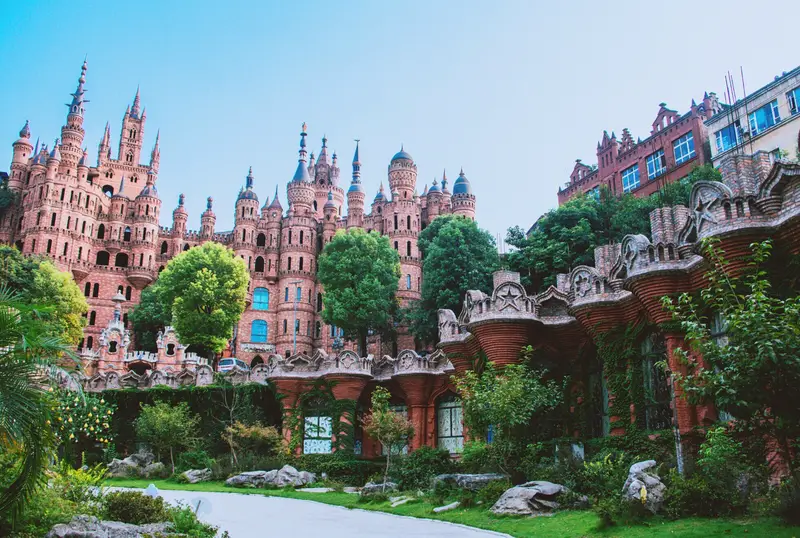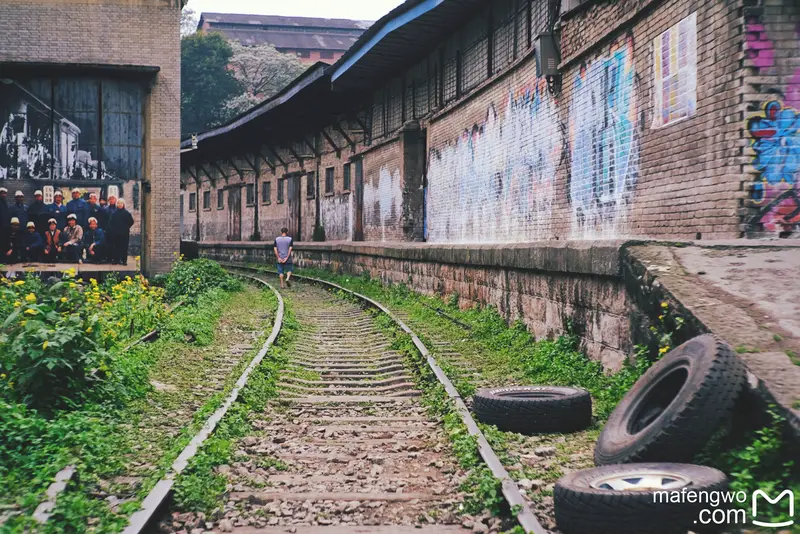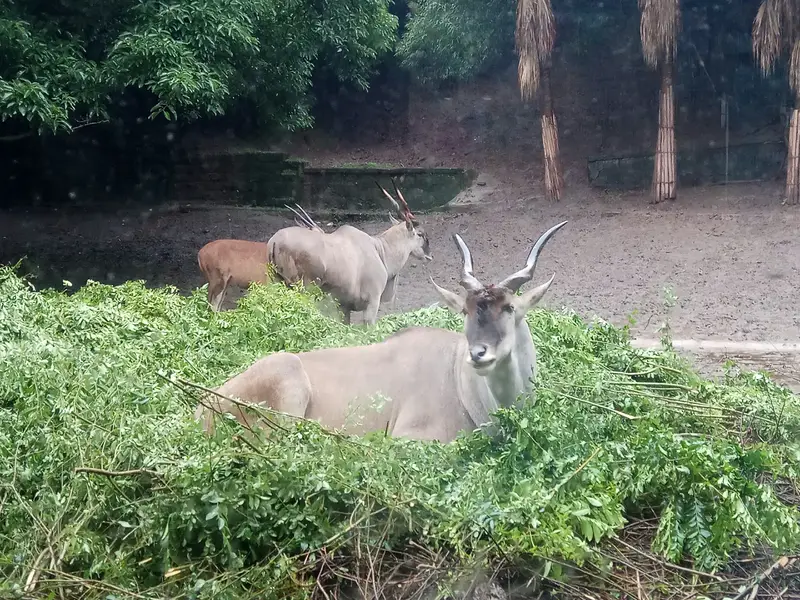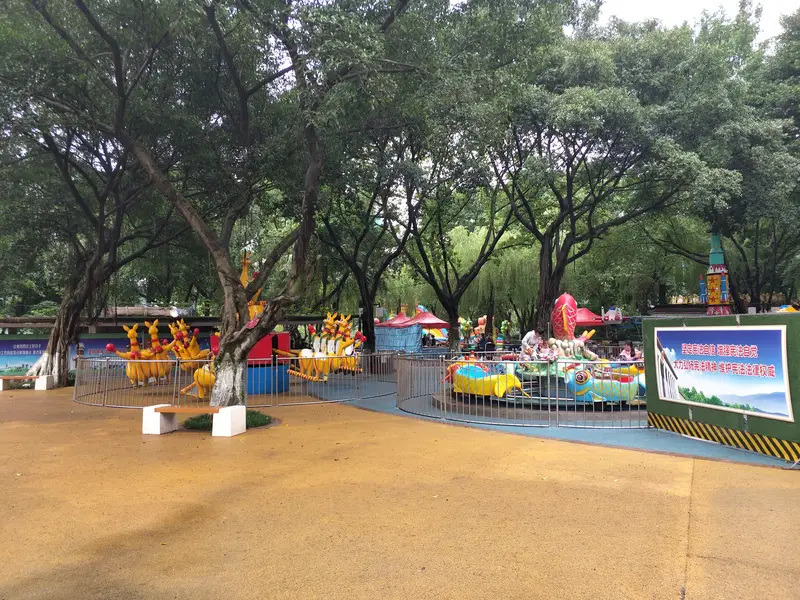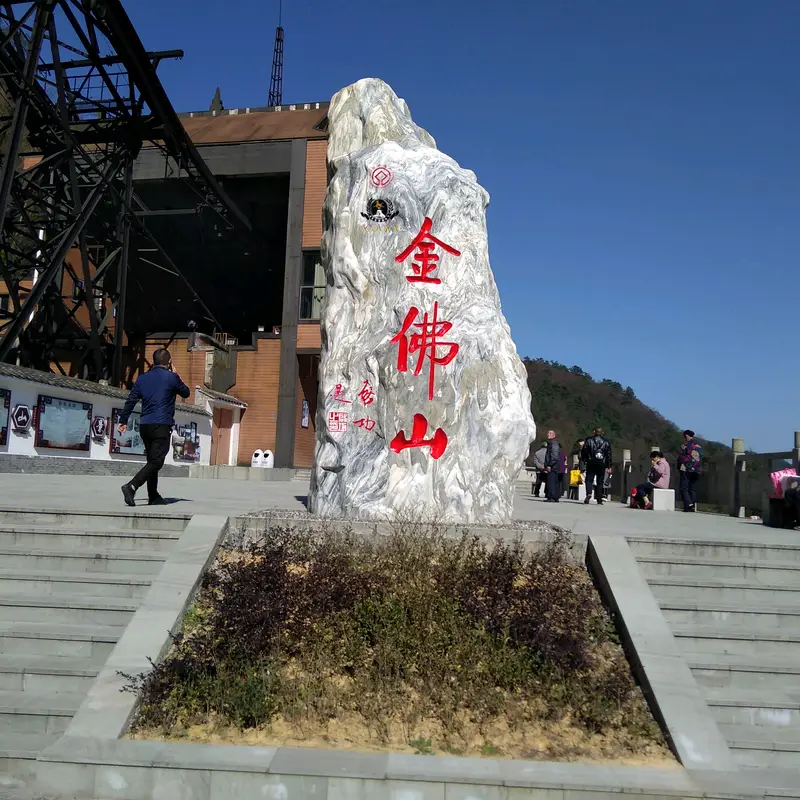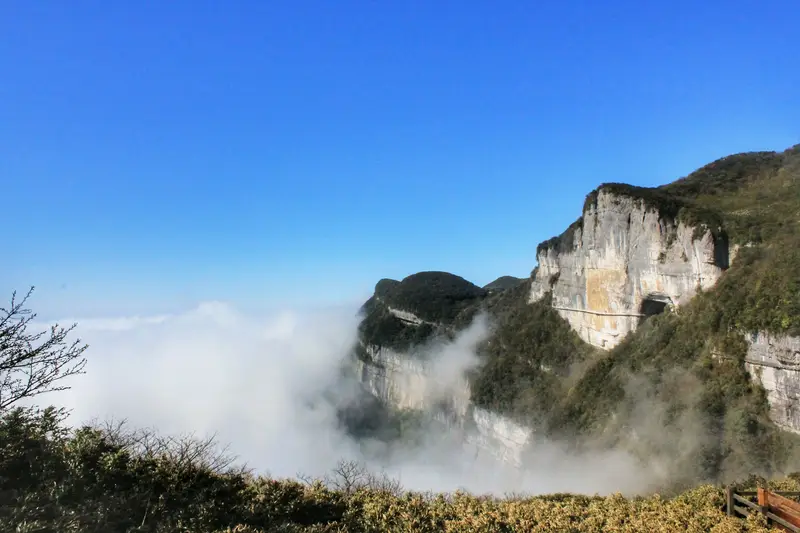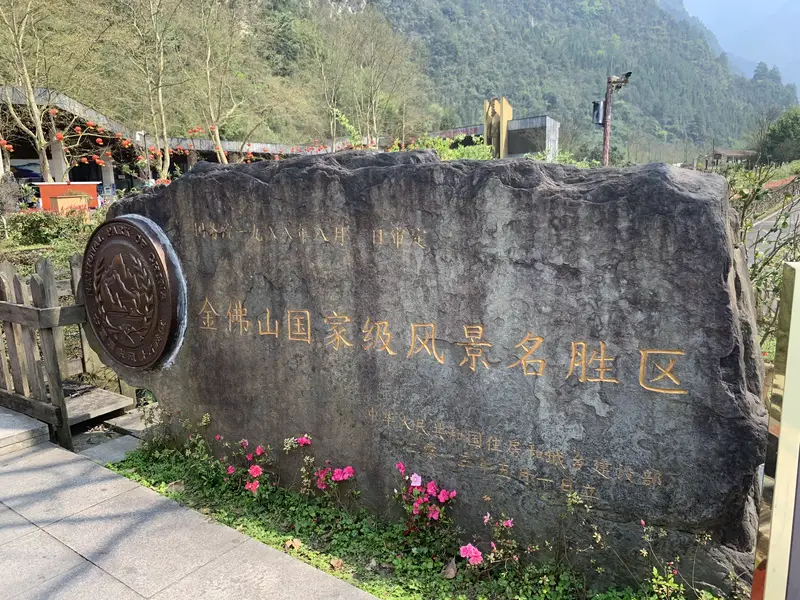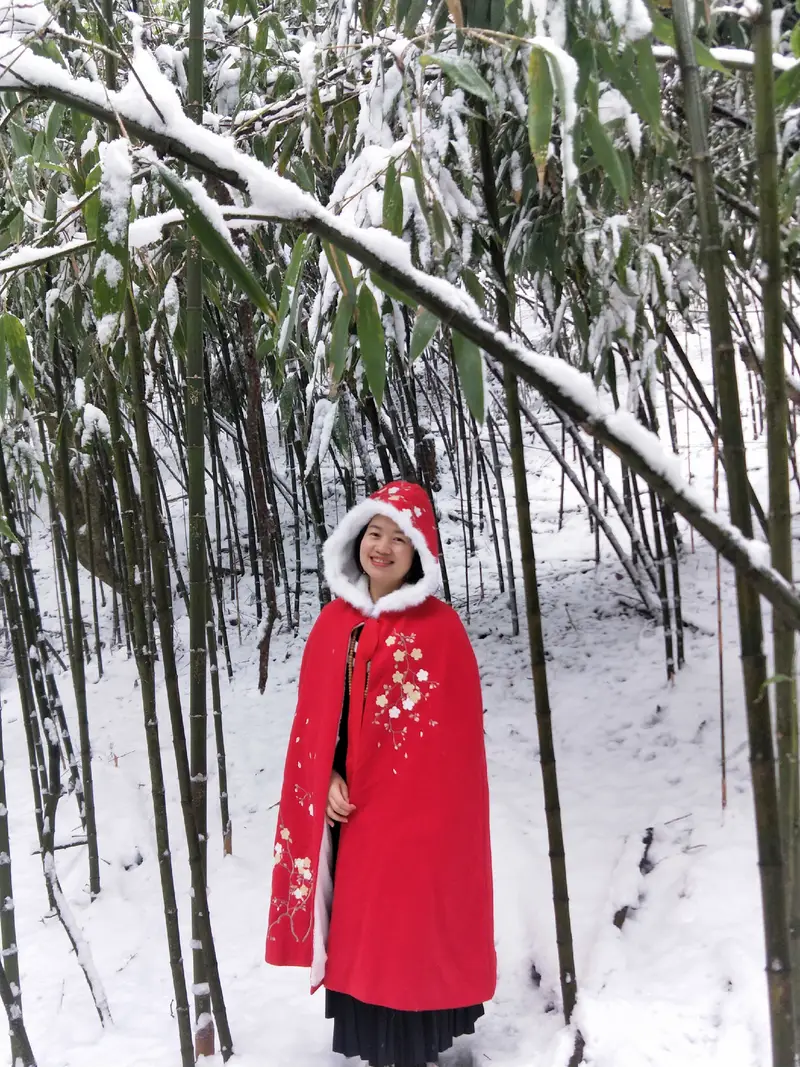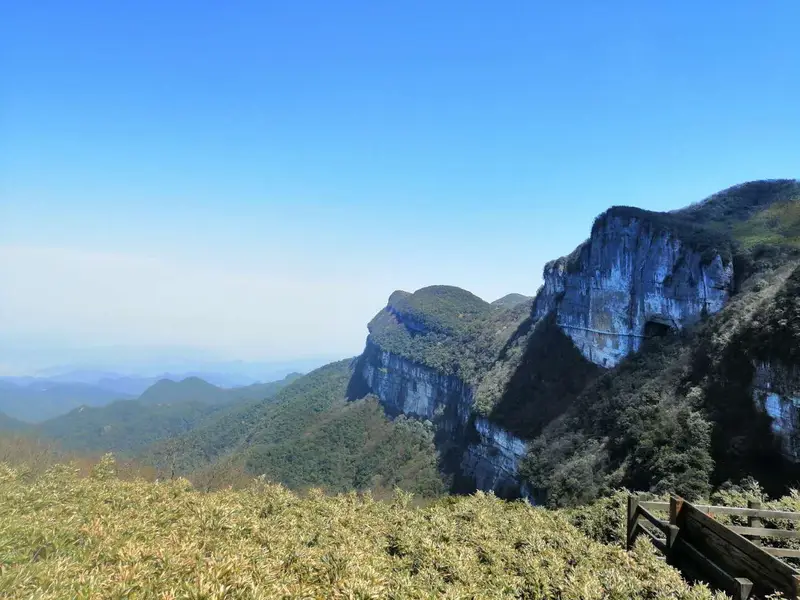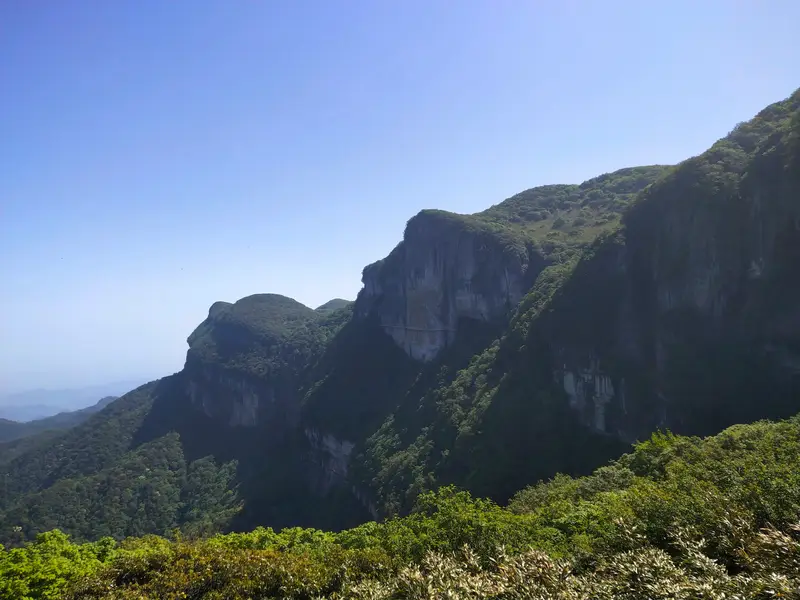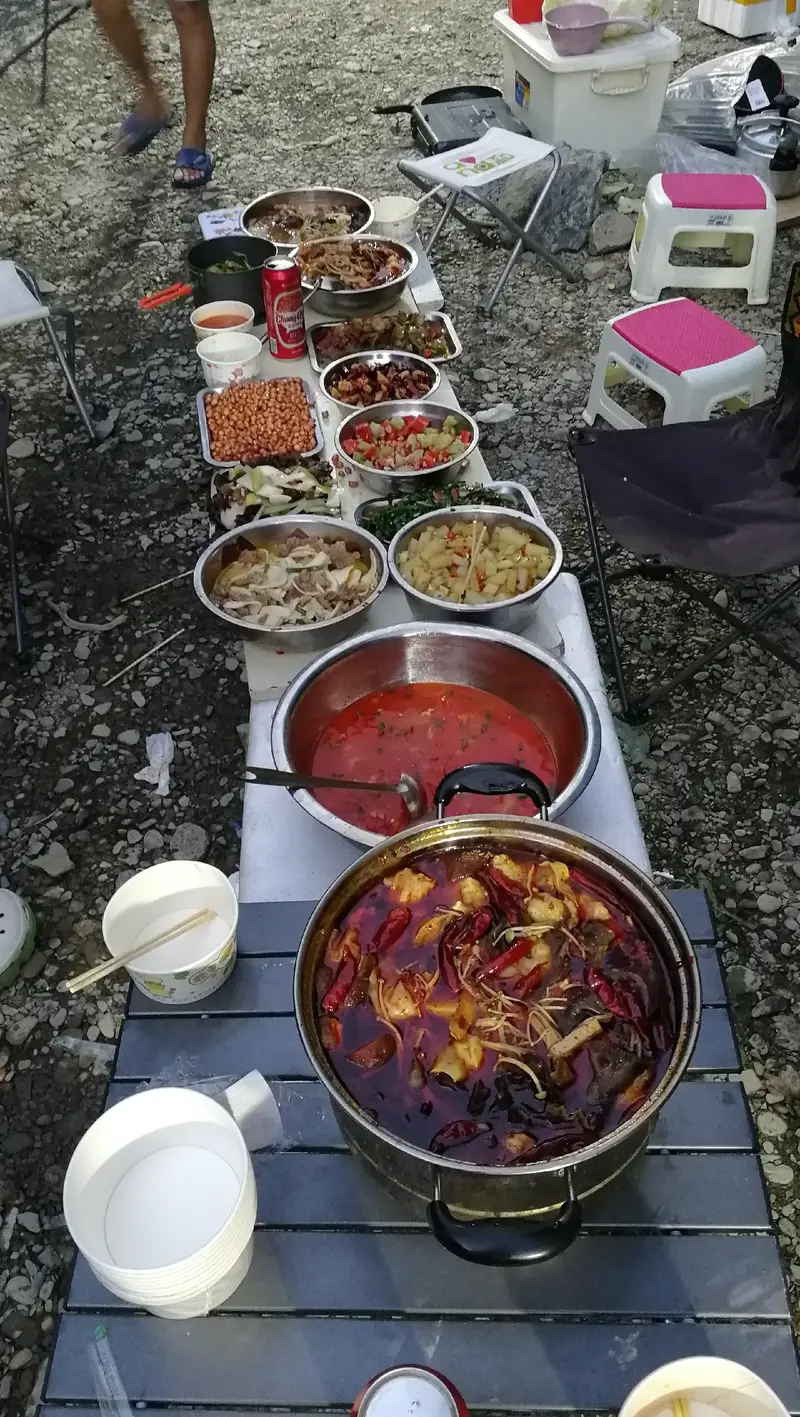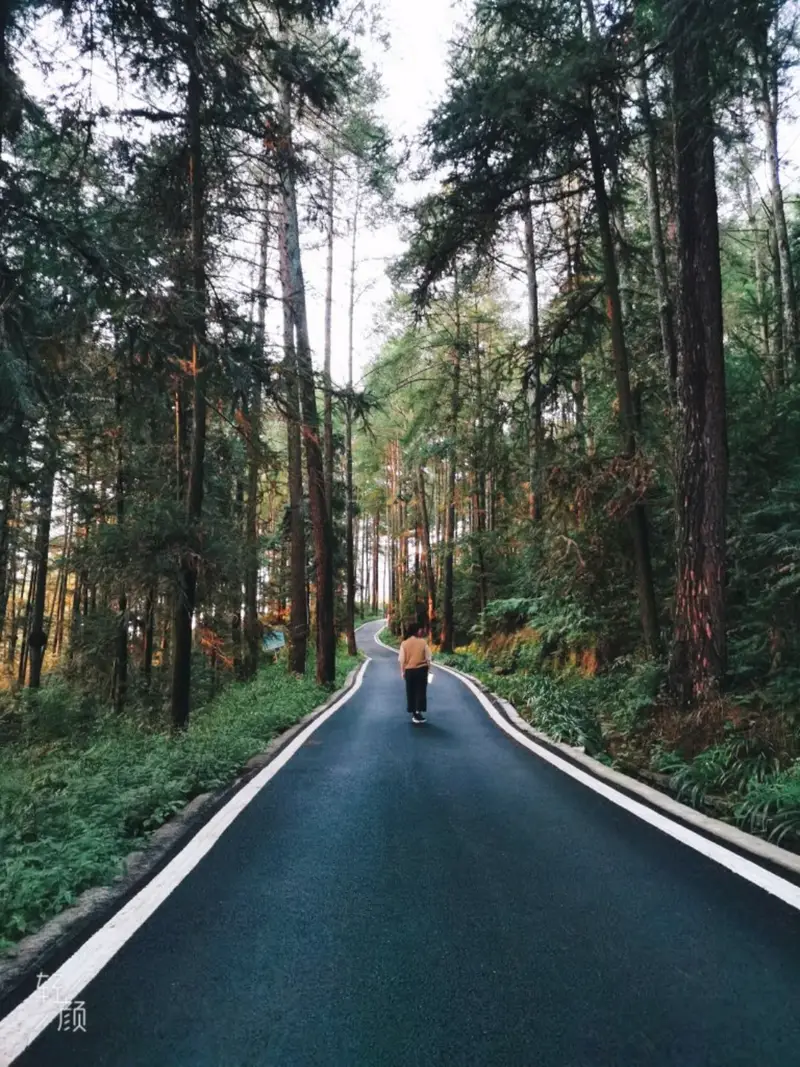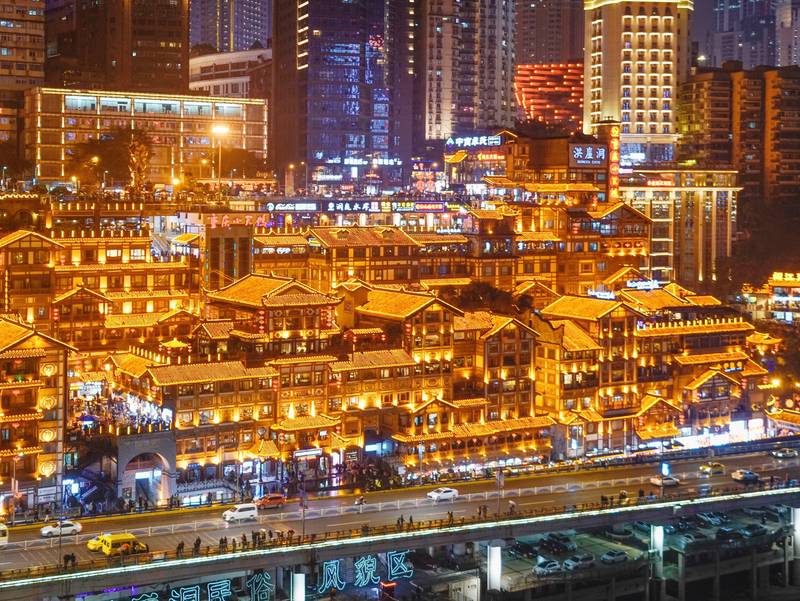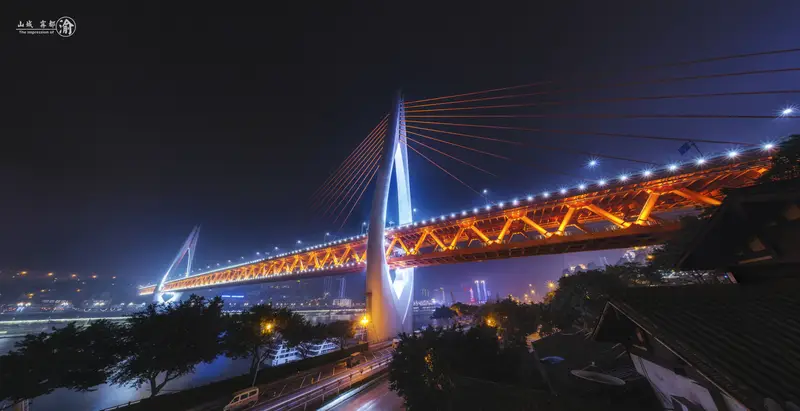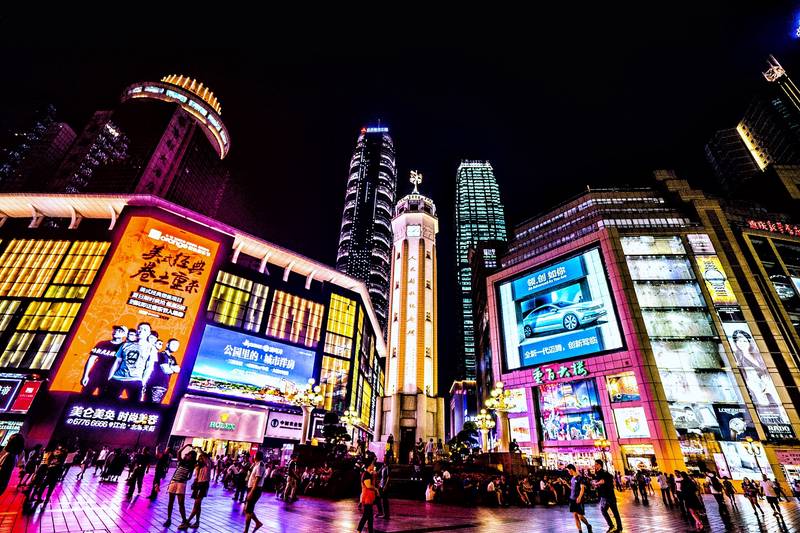Location & Access
Wolongtan Valley sits inside Jinfoshan Scenic Area in Nanchuan District, Chongqing—a 90-minute drive southwest of downtown Chongqing. The valley feels worlds away from the city, nestled between emerald peaks and mist-kissed forests. To get here, you can:
- By car: Rent a vehicle and navigate winding mountain roads (GPS: Wolongtan Valley). Parking is available near the entrance.
- Public transport: Take a bus from Chongqing South Station to Nanchuan, then transfer to a local shuttle for Jinfoshan. Ask drivers for “Wolongtan”—they’ll know!
- Tour packages: Many Chongqing travel agencies offer day trips with pickup services.
Natural Wonders
Wolongtan Valley is a lush, water-sculpted paradise. Imagine a narrow gorge where a crystal-clear stream roars through towering cliffs, creating pools so clear they look like liquid jade. Highlights include:
- The Dragon’s Throat: A narrow passage where waterfalls crash into a turquoise pool. Locals say it’s named after a legend of a dragon who once roamed these hills.
- Jade Pools: Shaded by moss-covered rocks, these shallow ponds are perfect for photos (and cooling your feet!).
- Forest trails: Walk under ancient trees draped in ferns. Keep an eye out for monkeys and colorful birds—they’re shy but love to scavenge snacks!
The valley’s rock formations are wild. Some walls look like dragon scales, others like giant, cracked eggs. In spring, wildflowers bloom along the path, while autumn paints the leaves in fiery reds and oranges.
Cultural Touches
While Wolongtan is nature-focused, hints of human history linger:
- Ancient Steps: Parts of the trail follow stone stairs built centuries ago by monks visiting Jinfoshan’s temples.
- Red Lantern Path: During festivals, locals hang lanterns along the valley—a nod to traditional Chinese celebrations.
- Tiny Temples: You’ll spot weathered statues of Buddhist figures tucked into alcoves. No grand halls, just quiet spots for reflection.
Practical Tips
- Footwear: Waterproof hiking shoes are a must. The trail gets slippery near waterfalls.
- When to visit: Summer for swimming in the pools, autumn for fall foliage, or spring for mild weather. Avoid winter—some paths close due to ice.
- Guides: Hire a local guide (~50-100 RMB) to learn about the area’s folklore and spot hidden details.
- Eat & Drink: Bring snacks, but there’s a teahouse at the entrance selling noodles and green tea. Try the miangao (rice cakes)—they’re sweet and chewy!
The Full Experience
A typical visit to Wolongtan Valley starts early. At dawn, the valley is cloaked in fog, making cliffs loom like ghosts. As the sun rises, golden light filters through the canyon, turning the water sapphire-blue. By midday, you’ll hike past waterfalls, splashing in icy pools, and pause for lunch at a riverside picnic spot.
Afternoons are for exploring upper trails, where viewpoints offer bird’s-eye vistas of the gorge. End your day at the valley’s end, where a bamboo bridge arches over a roaring stream—the perfect backdrop for a sunset photo.
Final Thoughts
Wolongtan Valley isn’t marred by crowds or commercialism. It’s raw, immersive, and a bit adventurous. Come prepared for a workout (it’s steep!), but leave with memories of a place that feels like China’s secret dragon lair. Just don’t tell too many friends—we want to keep Wolongtan Valley off the beaten path!


